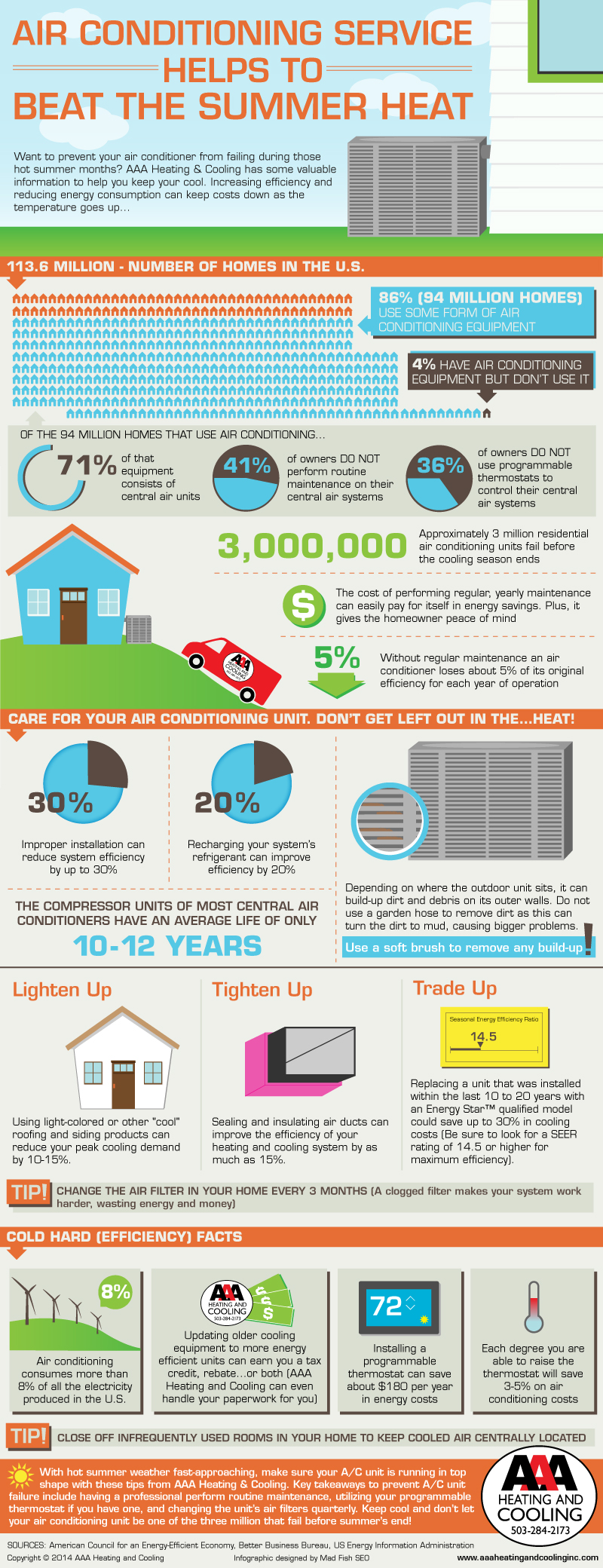Just How Weather Factors Impact Heatpump Procedures And Practical Steps To Address These Difficulties
Just How Weather Factors Impact Heatpump Procedures And Practical Steps To Address These Difficulties
Blog Article
Composed By-Horowitz Termansen
When it pertains to your heat pump, climate plays a critical function in its performance. From freezing temperatures to sweltering heat, each element can impact how successfully your system runs. Yet what can you do to combat these weather-related challenges and ensure your heatpump is working at its ideal? Remain tuned to find practical pointers and techniques to maximize your heatpump's performance, regardless of the weather it faces.
Weather Factors Influencing Heat Pump Performance
Weather condition factors have a considerable impact on the effectiveness of heat pumps. One vital factor is temperature. Heat pumps function by transferring heat from outdoors to inside during wintertime and vice versa in summer. As temperature levels decrease, it becomes harder for the heatpump to remove heat from the outside air, reducing its effectiveness.
Another key element is moisture. High humidity degrees can make it a lot more challenging for the heatpump to release warm throughout the cooling procedure.
Furthermore, wind rate plays a role. Strong winds can dissipate the warmth taken in or released by the heatpump, impacting its overall performance.
Tips for Optimizing Heat Pump Performance
To improve the effectiveness and longevity of your heatpump, implementing a couple of crucial approaches can make a significant distinction in its performance.
First of all, guarantee regular maintenance by cleansing or replacing filters every 1-3 months to prevent air flow clogs and make the most of air flow. Furthermore, schedule yearly specialist examinations to discover and resolve any prospective issues at an early stage.
Optimal thermostat settings also play a crucial duty. During the winter, go for a temperature level setting that's as low as comfortable, and throughout the summertime, set it as high as comfy to minimize the workload on your heat pump. Making read this article of a programmable thermostat can aid you automatically adjust setups based on your schedule.
In addition, sealing leakages in ductwork and protecting ducts in unconditioned rooms can avoid energy loss and enhance general system performance.
Lastly, consider mounting a smart thermostat that can learn your behaviors and readjust settings as necessary, more optimizing your heatpump's performance. By complying with these tips, you can ensure your heat pump operates successfully and efficiently throughout the year.
Best Practices for Weatherproofing Your Heatpump
For optimal efficiency and effectiveness of your heat pump, executing weatherproofing actions is crucial. Start by sealing any voids or fractures around doors, home windows, and ductwork to avoid warm loss and keep a regular interior temperature.
Shield revealed pipelines and air ducts to avoid freezing throughout cold weather and guarantee proper air flow. Take into consideration setting up a protective cover over the outside system to shield it from extreme weather condition elements like snow, ice, and particles.
Frequently tidy the outside unit to get rid of dust, leaves, and particles that can obstruct air movement and lower performance. In addition, keep the area around the heatpump free from snow, ice, and vegetation to permit appropriate air flow.
Learn Additional
Since you understand exactly how weather condition impacts your heat pump efficiency, you can take aggressive actions to enhance its effectiveness. By adhering to the pointers laid out in this write-up, such as routine upkeep, thermostat modifications, and weatherproofing measures, you can guarantee that your heat pump operates at its best despite the weather conditions. Keep ahead of the game and keep your home comfy all year round.
